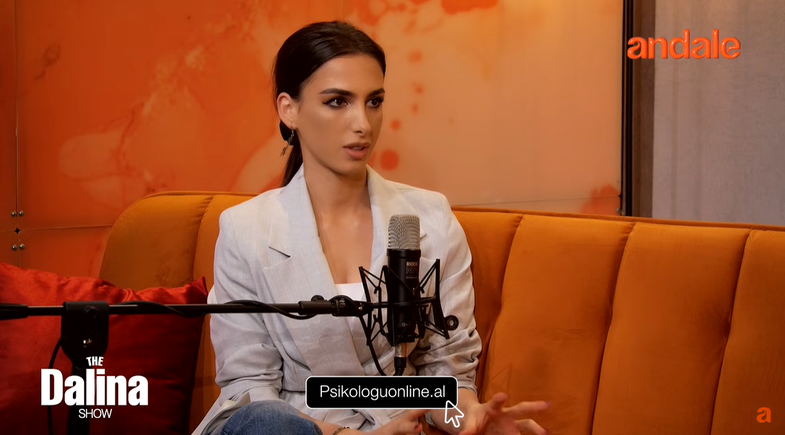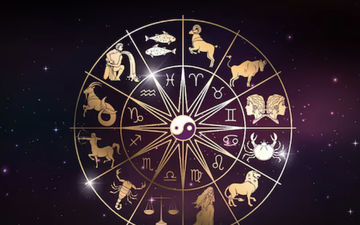
In the latest episode of "The Dalina Show," from Andale Media , the topic of discussion was one of the most complex and often misunderstood emotions in relationships: pathological jealousy, or as Dalina herself called it, "sick jealousy." Psychologist Jonarda Kërkuti brought an in-depth and balanced analysis on this topic, dividing jealousy into different spectrums ranging from "tolerable" to pathological.
"There are also spectrums within jealousy. It is what we can simply call 'tolerable', because we measure the level of jealousy with that of love," said Kërkuti, emphasizing that this form is often perceived as a sign of interest and affection, especially in cultures where love is seen as possession.
"There are women or partners who seek jealousy from the other partner."
But when taken to the extreme, this emotion turns into a control mechanism and deep insecurity:
"When jealousy becomes pathological, it means that we have entered that part where we have a very high control impulse, where we control the behavior of another person continuously. The word 'continuity' is essential here as well," the psychologist explained. "And the other part is that you feel insecure. You feel a very great insecurity in the person who has this high level of jealousy."
Psychology also focuses on the cultural and evolutionary nature of jealousy:
"Jealousy as an emotion is a very complex emotion, but it's also an emotion that I started to look at why we have it? Why has it resisted our evolution? Looking at it in the past perspective, it's been noted that jealousy was 'necessary' to resist until today because it was a kind of protection. You protect relationships that are important to you. So there's a cultural process here."
Pathological jealousy often appears more often in men, according to the psychologist, also due to cultural background:
"Jealous men dominate. Especially in pathological jealousy, due to our cultural background, patriarchal, male-dominated origins."
Pathological jealousy and narcissism: Where is the difference?
It's important to distinguish pathological jealousy from other psychological disorders like narcissism. While both can involve controlling behavior and a lack of empathy, their motivations are completely different:
- Pathological jealousy stems from personal insecurity and the fear of losing a partner. It is closely linked to anxiety, often built on previous trauma or learned patterns of attachment.
- Narcissism, on the other hand, is fundamentally about the need for appreciation, superiority, and a lack of empathy. A narcissist may become jealous, but not because they fear losing a loved one, but because they feel their control or image of themselves as the "center" of the relationship is being threatened.
According to the Mayo Clinic and other clinical psychology sources, one of the key differences is that narcissism is more of a personality disorder, while pathological jealousy can be a symptom of anxiety, depression, or untreated trauma.
This insightful discussion on "The Dalina Show" opens an important window into how our emotions are shaped and influenced by culture, personal history, and social norms. Education and awareness remain key to understanding when a legitimate emotion becomes a threat to our well-being and that of others.
The full episode so you don't miss it:





